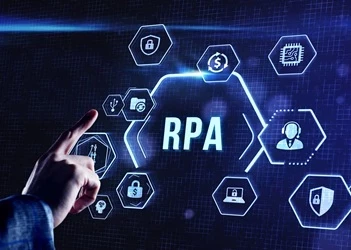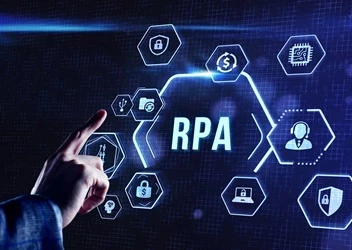How LafargeHolcim is optimizing its P2P process
The global building materials manufacturer is leveraging RPA, AI and machine learning to enhance business value
Add bookmark
PEX Network caught up with Carlo Peretti, VP finance, global director of the business shared services program at building materials manufacturer LafargeHolcim, to discuss the implementation of intelligent automation technologies on the procure-to-pay (P2P) process. Ahead of Peretti’s presentation at PEX Live: Procure to Pay 2021, which takes place online on 8-9 June 2021, he also reveals the impact of the Covid-19 and what developments he believes will take place in the P2P field over the next few years. 
LafargeHolcim has three service centers in Europe, South America and India, and employs more than 2,000 people. P2P is the biggest stream of the service centers, with more than 500 employees supporting it and processing more than three million invoices per year.
PEX Network: Can you please explain the how the current P2P initiative in place at LafargeHolcim is structured and what its goals are?
Carlo Peretti: The aim of our P2P initiative is to create value for the company. We want to improve the efficiencies of the process and the way to do this is to have a more robust and highly efficient process. To achieve this, we use automation and intelligent automation platform solutions, and we’ve developed a culture to drive these efficiencies.
Initially we had to standardize the processes across the P2P cycle to apply automation before moving on to RPA for transactional, rule-based processes. Then we moved to learning from the processes to adjust behavior and actions based on the experience using the data in a smart way by injecting artificial intelligence (AI) and machine learning (ML).
PEX Network: Did the Covid-19 pandemic impact the P2P initiative at LafargeHolcim?
CP: Not dramatically as our shared service organization has been surprisingly good to adapt to remote working and our IT has been outstanding in minimizing disruption. It has, however, forced us to change gears and has led to an increased appetite for automation to overcome productivity challenges that arose as a result of remote working. We have discovered new process and task mining solutions to uncover opportunities for optimization.
We have also learned to be more organized and disciplined because everything has to be documented and recorded, plus we are using new tools such as advanced videconferencing systems and users adoption of IT-driven process transformation tools. The pandemic has made us use technology that we would have ignored in the past.
PEX Network: What developments do you expect to happen in the P2P space in the next few years?
CP: I believe P2P will become more tech-driven and this will disrupt the market in terms of level of employment. There will be an elimination of the manual labor, with a natural shift up in competencies, meaning there will be much fewer invoice processors and more process improvement analysts and automation supervisors. The final perspective is the touchless factory of the P2P process in the Business service centers, it is already in progress and there is a massive opportunity in solutions such as vendor portals and QR codes on invoices.
People will continue to trade and the process itself will remain the same, but the disruption will occur in the way we do it.
PEX Network: What can attendees expect from your presentation at PEX Live: Procure to Pay 2021?
CP: LafargeHolcim is a company that has a big P2P architecture and the area where we can plug intelligent automation technologies are multiple because the value chain of P2P is quite long. I will share with attendees the main steps of the value chain of P2P, what we are doing to apply technology and in which segments we are doing it. That way, attendees can have a holistic view of the P2P process with our status at LafargeHolcim and compare with what they are doing in their corresponding segment.
I will try to represent the level of application and thoughts we have on intelligent automation on the end-to-end process in a structured way. This way, attendees will be able to compare and use me as a sort of peer to drive ideas in their own company.
Register at PEX Live: Procure to Pay 2021 to hear Peretti’s presentation on P2P process automation and digitization roadmap at LafargeHolcim business service centers and ask him questions in real time.





















